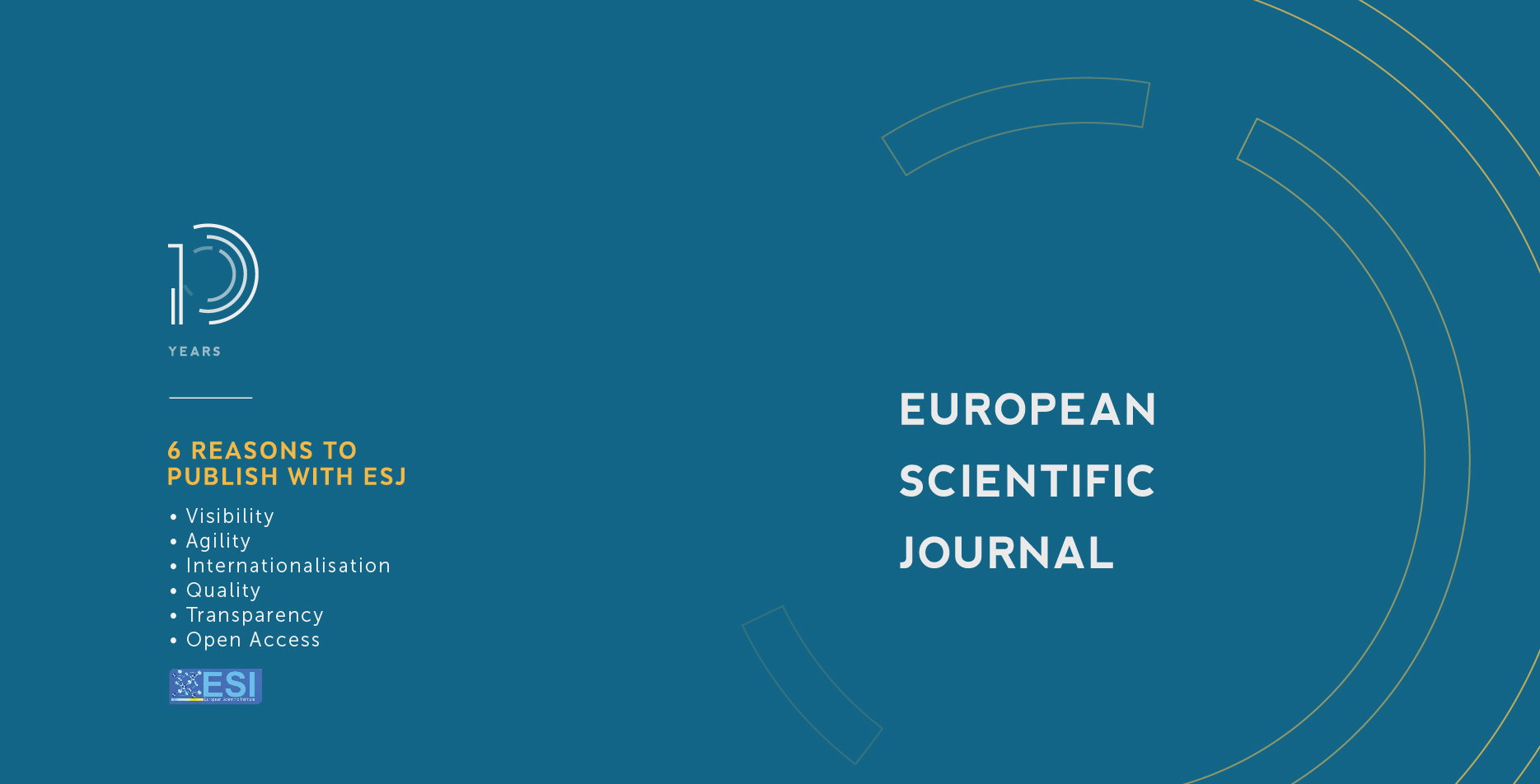A Statistical Analysis of Teacher Effectiveness Dimensions on Students Satisfaction in Kenyan Public Schools
Abstract
This study aims to investigate the differential effects of teaching practices on students’ satisfaction. Their level of satisfaction based primarily on data collected through six principles of 21st century effective teaching and learning using questionnaire method randomly submitted to 600 Form Four students in Voi sub-county, Kenya. The differential effects of the six teaching practices on students’ satisfaction were analyzed using the multiple regression model technique. The results show that students’ satisfaction was positive and statistically influenced by subject mastery, innovative learning environment, commitment to teach, communicating high standards and professional development. The mean score results demonstrate that subject mastery wasthe most effective teaching practice while non-cognitive issues was the least effective teaching practice. The study provides very useful information to help policymakers in secondary school administration to evaluate the level of teacher quality dimensions in their institutions and the 21st century effective teacher practices on students’ satisfaction. Furthermore, the conceptual relationships model can give deeper understanding of the effective teaching practices that needs prioritization by school management. Social change implications are that teachers may begin to use practices that more effectively engage learners, leading to greater satisfaction and a likely increase in the students’ success.
Downloads
Metrics
PlumX Statistics
Copyright (c) 2020 Joseph M. Malechwanzi, Susan W. Murage

This work is licensed under a Creative Commons Attribution-NonCommercial-NoDerivatives 4.0 International License.








